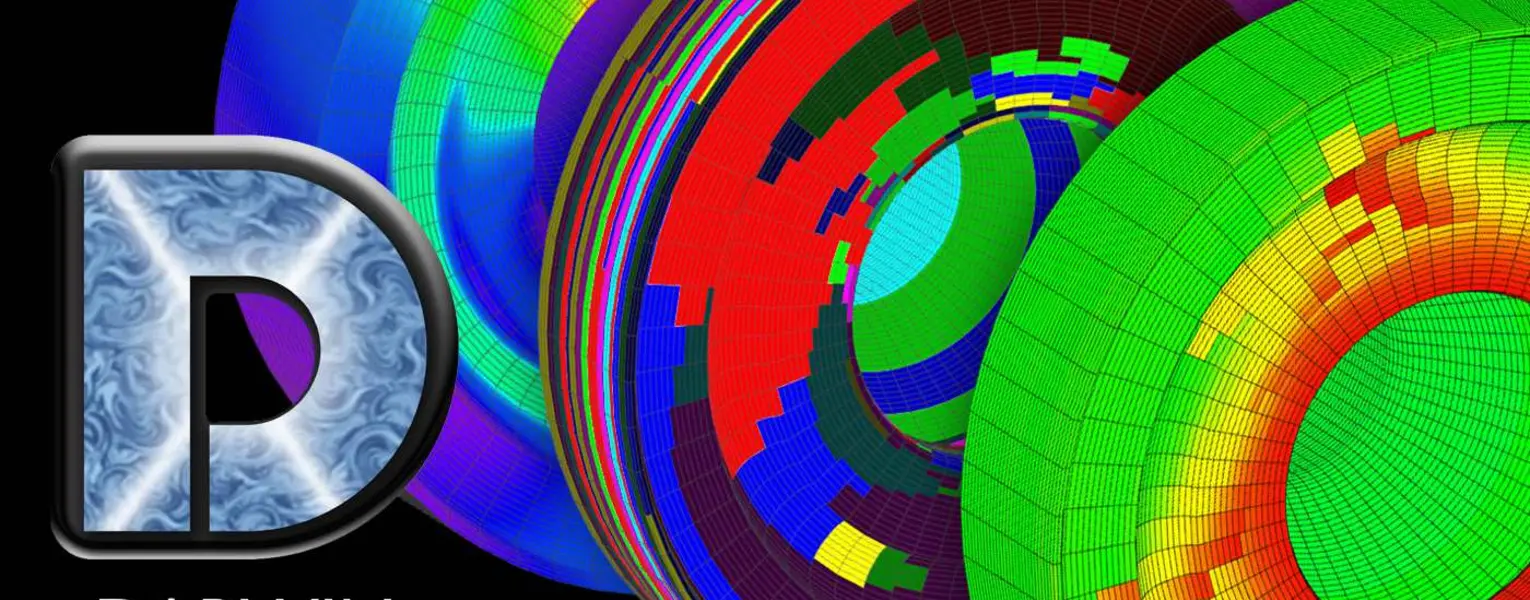DARWIN® (Design Assessment of Reliability with INspection) is fracture mechanics and reliability assessment software that supports damage tolerant design and analysis of metallic structural components. DARWIN determines fatigue crack growth lifetimes under cyclic loading histories. DARWIN can compute fracture risk values using random variables such as distributions of material inclusions that form cracks. DARWIN has been employed for nearly two decades throughout the gas turbine industry to ensure safe engine components. Southwest Research Institute (SwRI) continues to develop and maintain DARWIN to analyze complex geometries under diverse stress and temperature histories and different material conditions.
- Determine component lifetime from assumed initial crack size and location
- Compute crack growth under complex stress and temperature histories
- Estimate total component risk with random anomalies anywhere in the volume
- Locate life or risk hotspots without component testing
- Evaluate impact of NDE inspections on reliability
- Understand effects of manufacturing processes on life and risk
- Satisfy FAA Advisory Circulars for damage tolerance of engine rotors
DARWIN is a mature code with several interacting components:
Graphical User Interface

Users build models and visualize results through a powerful graphical user interface (GUI). The GUI features intuitive menus to guide users as they configure the analysis, set life models, import anomaly distributions, detail the geometry, and describe the loading history. The GUI also enables users to import and visualize 2D and 3D finite element models. The GUI stores the user-defined analysis in a fast, accessible HDF5 binary file format.
After completing the analysis, DARWIN enables users to import results to the GUI for visualization. DARWIN summarizes results in a series of tables, charts, and graphs to describe the local and global response of the component. Summary figures include global fracture risk, growth of individual cracks, and processed stress gradients. DARWIN also enables users to visualize life and fracture risk contours on the finite element geometry.
Computational Engine
Users execute the analysis through the DARWIN computational engine. The computational engine interprets the user-defined analysis, sets up local risk models, and calculates life and risk values. The computational engine can be used to determine the deterministic service life of a component of a crack with a known crack at a known location. For probabilistic analyses, the computational engine determines fracture risk at each location by sampling from randomly distributed variables including crack size, stress scatter, material property scatter, probability of NDE crack detection, and time of inspection. A recently developed autozoning capability in DARWIN minimizes the user input needed to build analysis models. The computational engine stores results in the HDF5 file format that is readable by the GUI as described above.
Flight Life Crack Growth Module

The Flight Life module is called by the computational engine to calculate the growth history of a crack in a component. Flight Life employs linear-elastic fracture mechanics (LEFM) to determine crack growth rates at arbitrary locations in components. Flight Life features a large library of crack solutions with stress intensity factors determined from the uncracked stress distribution using univariant or bivariant weight functions. Flight Life provides a selection of several different equations relating the stress intensity factor to the fatigue crack growth and time-dependent crack growth rates. Users may replace the Flight Life Module with their own proprietary crack propagation modules through accessible API interfaces.
Advanced Probabilistic Methods
DARWIN enables users to determine fracture risk by repeatedly evaluating deterministic lives using sampled distributed inputs, including anomaly size, life scatter, stress scatter, and other non-deterministic parameters. DARWIN combines sets of deterministic lives into probabilistic risk values using probabilistic methods, including Monte Carlo, life approximation methods, importance sampling, and Gaussian Process response surfaces. DARWIN has additional features that enable users to set random inspection schedules using non-destructive evaluation techniques.
Manufacturing Process Simulation
The manufacturing process (including forging, heat treating, and machining) can influence the formation of local microstructure, material properties, residual stresses, and anomalies. DARWIN provides an interface with the DEFORM™ software developed by Scientific Forming Technologies Corporation so that DEFORM calculations of these manufacturing simulation output parameters can be used as inputs to DARWIN calculations of life and risk.
Advanced Fracture Mechanics
To address situations where simple crack models are inadequate, externally generated tables of stress-intensity factors for arbitrary non-parametric crack shapes can be be imported into DARWIN. DARWIN features a custom interface with the FRANC3D software developed by Fracture Analysis Consultants to model growing non-parametric crack shapes using high-fidelity finite element analyses.
Please contact the DARWIN team today for more information on licensing, training, consulting, and custom solutions.

